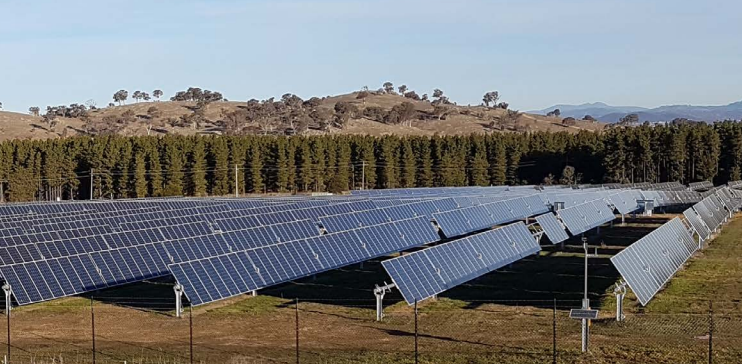The Sydney-based AEMC said the regulations would be key to facilitating the ongoing transformation of Australia’s energy market, partly by preventing technical failures that could lead to blackouts. The new rules build on regulations that the AEMC introduced in March to bolster defensive frequency control schemes, it said.
“As the power system continues to evolve, these rule changes will deliver the necessary inertia into the system for frequency control. They will also require networks to provide a minimum level of system strength to help keep the system stable,” said John Pierce, chairman of the AEMC. “These new rules are designed to provide confidence in the security of the system at least cost to consumers.”
The new regulations were also designed to complement recommendations that were discussed in the recent Finkel review, which focused on the introductions of critical reforms to the Australian energy system. The rules will partly help to facilitate deployment of battery storage, while requiring grid operators to provide more information about the performance of related equipment. They will also allow grid operators to demand data from energy project owners, to help them identify areas in which remedial measures may be required to stabilize their networks.
Beyond the new tules, the AEMC is also designing a new framework to ensure the security of the national power system. This includes identifying the best ways to integrate storage batteries into the current grid system. The AEMC also aims to revise the technical requirements for grid connection, while improving demand-response capabilities.
Popular content
“We’re looking at how to address the variability of renewable generation to make it firmer or dispatchable, but in a way that minimizes costs for consumers and also supports much-needed private sector investment in the electricity sector, which is estimated to be in the billions,” said Pierce.
The AEMC will publish progress reports on its activities in December.
This content is protected by copyright and may not be reused. If you want to cooperate with us and would like to reuse some of our content, please contact: editors@pv-magazine.com.


By submitting this form you agree to pv magazine using your data for the purposes of publishing your comment.
Your personal data will only be disclosed or otherwise transmitted to third parties for the purposes of spam filtering or if this is necessary for technical maintenance of the website. Any other transfer to third parties will not take place unless this is justified on the basis of applicable data protection regulations or if pv magazine is legally obliged to do so.
You may revoke this consent at any time with effect for the future, in which case your personal data will be deleted immediately. Otherwise, your data will be deleted if pv magazine has processed your request or the purpose of data storage is fulfilled.
Further information on data privacy can be found in our Data Protection Policy.